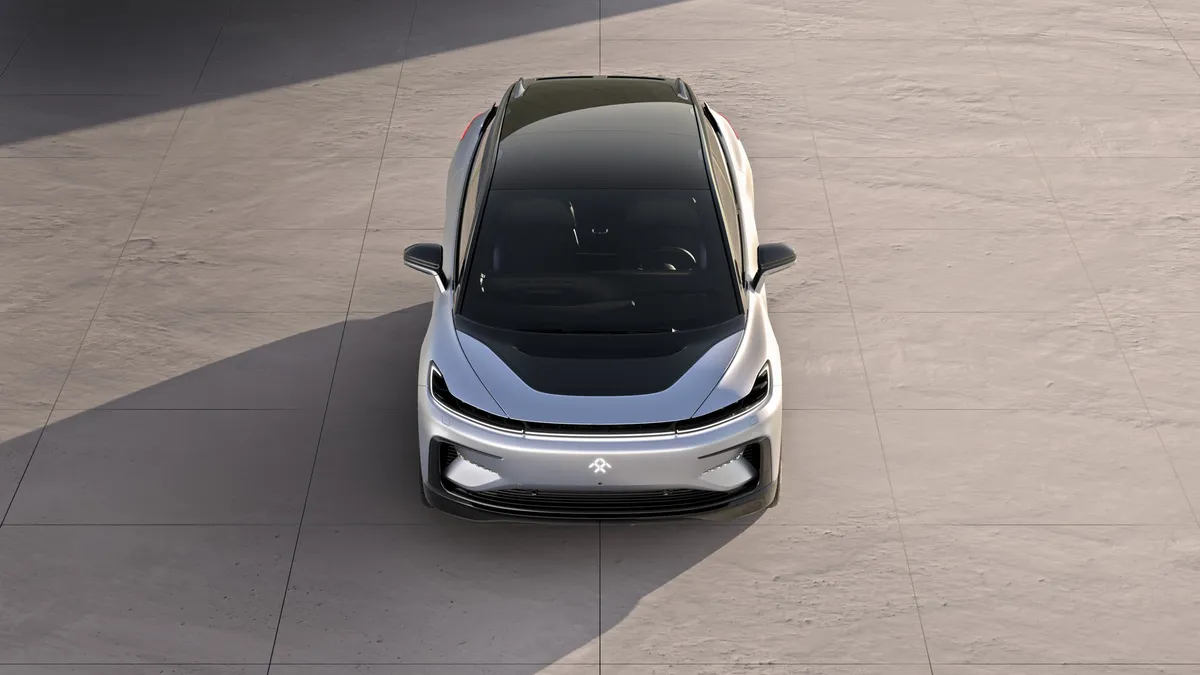Heather Dziedzic is vice president of policy at the American Biogas Council.
The electric vehicle has found its place on the American landscape, yet it continues to be a divisive issue among American drivers. But no matter where you stand on owning an EV, their growing presence and adoption by many means that EVs will continue to be a topic of conversation for the foreseeable future.
In the same way that lower-carbon ethanol, renewable diesel and compressed natural gas displace gasoline in internal combustion engines, EVs are also displacing combustion engines wholesale, helping to reduce the carbon footprint of our transportation sector. In doing so, they are contributing to the goals of a key federal program, the Renewable Fuel Standard, or RFS, which requires a certain volume of renewable fuel to replace or reduce the quantity of petroleum-based transportation fuel.
Today, electricity is not recognized in the RFS, despite its proven ability to replace traditionally fueled vehicles. The biogas industry wants to change that, advocating that the RFS program’s existing renewable fuel categories, which already recognize biogas, are equipped to recognize electricity produced from those same qualified renewable fuels. Doing so provides a regulatory framework and market mechanism, known as eRINs, for biogas to power EVs, and, in turn, for EVs to contribute to the goals of the RFS.
Biogas serves a unique role in connecting the EV industry to the RFS program. Biogas systems can fuel EV electricity demand while offering additional renewable electricity. For example:
- Most biogas systems capture methane, which has up 80 times more global warming potential than carbon dioxide, thereby creating orders of magnitude greater emission reduction on a lifecycle basis than fuels or electricity that only reduce or avoid carbon dioxide emissions, like wind and solar.
- Biogas systems can be deployed using existing infrastructure, like the electric grid, which means they can achieve those reductions quickly.
- Biogas systems serve an important function in recycling organic waste, reducing the burden on landfills, watersheds and communities.
A market mechanism is valuable for both the biogas and the EV industries to advance. Allowing EVs to contribute to the RFS program goals, by generating eRINs, incentivizes EV manufacturers to bring vehicles to market. However, they need a qualified RFS fuel to do it.
In turn, biogas-based electricity generators share in that value, further incentivizing the industry to develop electricity projects, which is something the Renewable Energy Certificates, or RECs, market alone no longer does. The EPA, which manages the RFS program, holds the key to unlocking this path for both industries — a fact they are keenly aware of, but also laissez-faire about.
What EPA has failed to realize is that unlocking eRINs does more than just bring new renewable electricity and EVs to market. It also:
- Aligns the RFS with other climate and environmental policies across the administration and throughout state governments.
- Protects the EV industry from potential partisan whiplash with respect to Inflation Reduction Act incentives.
- Supports the Federal Energy Regulatory Commission and North American Electric Reliability Corporation in their efforts to ensure grid reliability by bolstering renewable energy supplies with baseload, distributed, biogas systems.
- Aids USDA’s sustainable agriculture programs by creating domestic, organic fertilizer as a beneficial byproduct.
- Supports states’ organic waste diversion efforts by incentivizing organic waste to be managed in energy systems.
- Most importantly, it encourages expanded access to renewable energy markets for smaller and more remote projects by creating a financial tool to overcome economies of scale.
The RFS program needs to recognize the role of EVs in replacing fossil fuels in transportation vehicles, and they have the framework to do it — using biogas to electricity as a defensive pathway. The financial incentives created by the existing market will trickle down to small farms, small municipal wastewater systems and food processors seeking circular solutions to their waste management systems.
The EV industry, in turn, gets credit for its contribution to decarbonizing the vehicle market — while also gaining access to carbon-negative, distributed energy resources — in small towns and rural areas collocated with biogas projects, helping expand the physical range and touchpoints of EVs in new markets.














